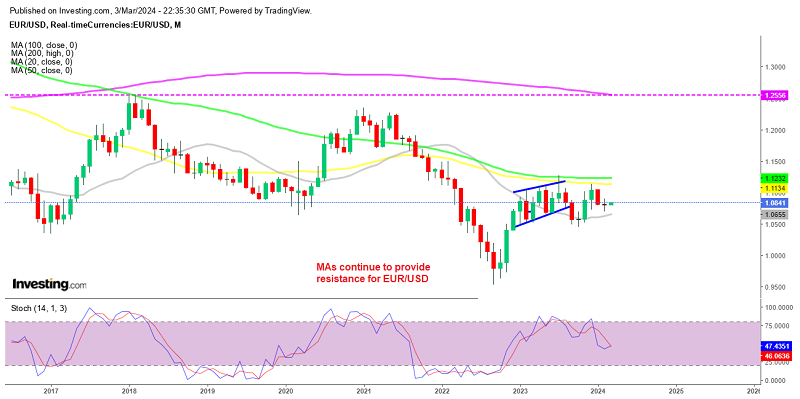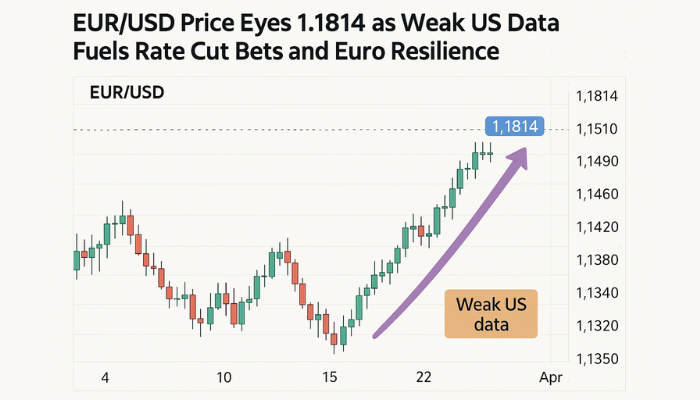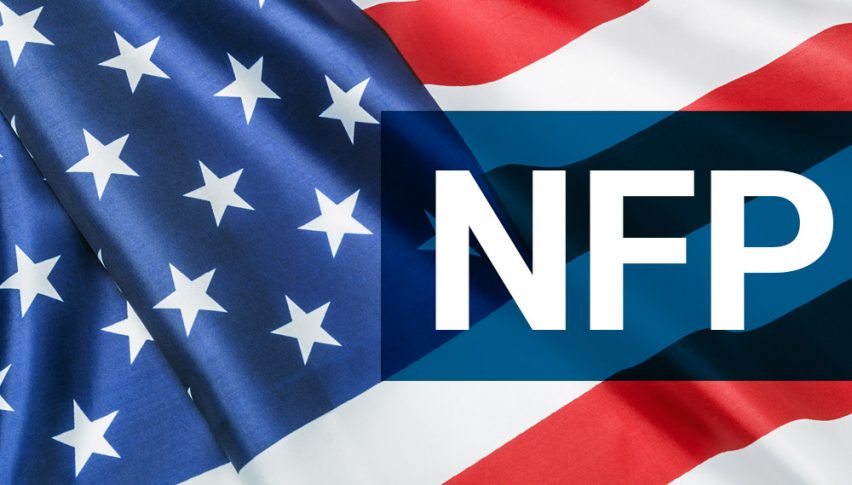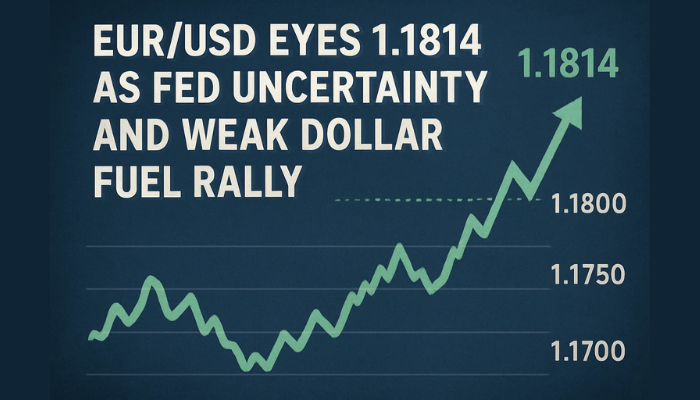EUR/USD Ends February Unchanged, ECB Expected Hawkish
The Euro to dollar rate dipped below 1.08 briefly three times but buyers came back quickly, sending it higher, showing buying pressure

Last week the Euro to dollar rate dipped below 1.08 briefly three times, but buyers came back pretty quickly, sending it above, which shows that the buying pressure remains strong for this forex pair. Employment has been stable in Europe, while inflation is sticky, which is supporting the Euro, so there’s a chance that we might see a break above 1.09 this week, however the momentum will also depend on the jobs reports from the US.
EUR/USD Technical Analysis – Monthly Chart
The Euro price is stuck between moving averages
EUR/USD turned bearish at the end of December after failing at moving averages, which have been acting as resistance at the top and fell to 107 lows in February. But eventually, it climbed above 1.08 where it closed the month, forming a doji candlestick which is a bullish reversing signal after the retreat.
Last week this pair experienced three brief dips below the 1.08 level before finding and bouncing back above the crucial psychological level of 1.0800 and finishing the week above the 1.0830s. This rebound was supported by disappointing manufacturing data from the United States, which fell back into contraction in January. Additionally, Eurozone (EU) inflation figures surpassed expectations, providing a positive catalyst for the Euro. So, let’s see if this week’s US employment reports and the ECB meeting will propel the Euro above 1.10 again.
February Eurozone January Unemployment Data Released by Eurostat
- Eurozone January unemployment rate 6.4% vs 6.4% expected
- Eurozone January unemployment rate was 6.4%; revised to 6.5%
The Eurozone’s January unemployment rate came in line with expectations at 6.4%, remaining unchanged from the previous month. However, the revised figure for the previous month was slightly higher at 6.5%. This data suggests that the labor market in the Eurozone remains relatively stable, with employment conditions holding at these levels for about a year.
Goldman Sachs Expects Fewer ECB Cuts
Goldman Sachs has adjusted its forecast for the timing of the first rate cut by the European Central Bank (ECB) from April to June due to two consecutive upside surprises in core inflation in the last two months. They now anticipate the first 25-basis-point rate cut to occur in June instead of April. Additionally, Goldman Sachs has revised lower its projection for the total number of rate cuts in 2024 from six to five, however they have two cuts expected for this year compared to just one previously.
EUR/USD Live Chart
- Check out our free forex signals
- Follow the top economic events on FX Leaders economic calendar
- Trade better, discover more Forex Trading Strategies
- Open a FREE Trading Account


